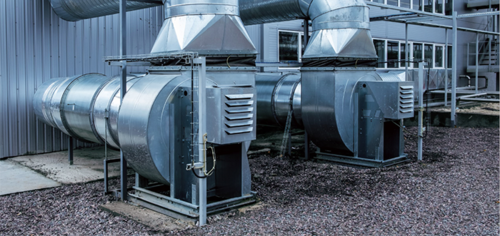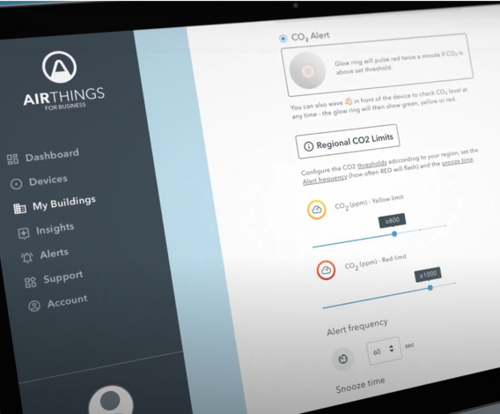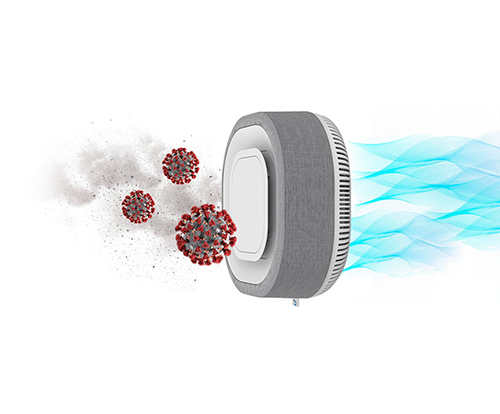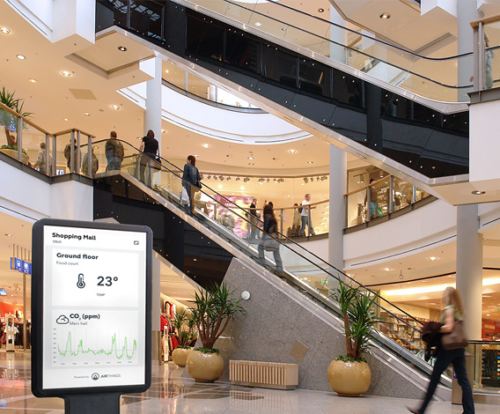
High absenteeism and reduced wellbeing
Improving indoor air quality and controlling thermal comfort could enhance strategic thinking, boost cognitive functioning, and reduce absenteeism.
Indoor air quality and comfort are often not seen as basic cornerstones of wellness, because they’re out of sight, out of mind. However, the side effects of poor air quality can have a profound impact on a company’s bottom line. A recent report conducted by the Confederation of British Industry (CBI) found that air pollution causes three million lost working days each year in the UK.
The report found that work absences alone related to poor air were costing Britain about £600m a year, due to people missing work from poor health caused by air pollution.
Cutting air pollution and meeting the World Health Organisation standards would benefit the economy by about £1.6bn a year, by improving productivity, according to the analysis carried out by the CBI. And around 17,000 premature deaths of working age people each year would be prevented by meeting the guidelines. Currently particulate air pollution in the UK is more than twice the level of WHO recommended maximum targets.
You may be thinking this is a problem for the World’s Governments to solve, and you’d be right, in fact there are many outcomes from COP26 that Government agencies around the world, are working at pace on right now.
However, we spend 90 percent of our lives indoors where air pollution can be up to five times more polluted than that outdoors.

So, it’s in a company’s best interests to ensure that their indoor workspaces have clean, healthy air for employees to breathe. In the UK the average time spent working is 35 hours per week, adding up to 1,795 hours per year and over 84,365 hours in a lifetime. Currently, over a working lifetime, British employees will have nearly three months off sick, a total of 94 days.
Air pollution can trigger cardiac arrests, strokes, severe asthma attacks and is associated with diseases such as lung cancer and COPD, with thousands of deaths and hospitalisations every year.
By integrating air quality sensors with a building’s building management system (BMS) mechanical ventilation can be optimised, to ensure adequate ventilation levels throughout a building, diluting stale indoor air and reducing the risk of sickness, long term health conditions and the transmission of viruses. In addition, the system can reduce heating or cooling, and turn off lights in unoccupied areas of the building making significant energy savings and reducing carbon emissions.
Latest Articles
The business risks emerging from the global COVID-19 pandemic
Read More >Why indoor spaces have a higher risk of virus transmission
Read More >Enhance HVAC performance, improve energy efficiency and reduce emissions
Read More >How does air quality affect your business
Read More >What the experts say
Read More >Risk indicators and monitoring
Read More >Ventilation and filtration
Read More >Transmission & Prevention
Read More >The History of Air Pollution
Read More >Ambient Air Pollution
Read More >Indoor air pollution & the indoor generation
Read More >Climate change and the climate emergency
Read More >What’s in the air we breathe outdoors?
Read More >What’s in the air we breathe indoors?
Read More >Other indoor biological pollutants
Read More >How air pollution affects our lives
Read More >















